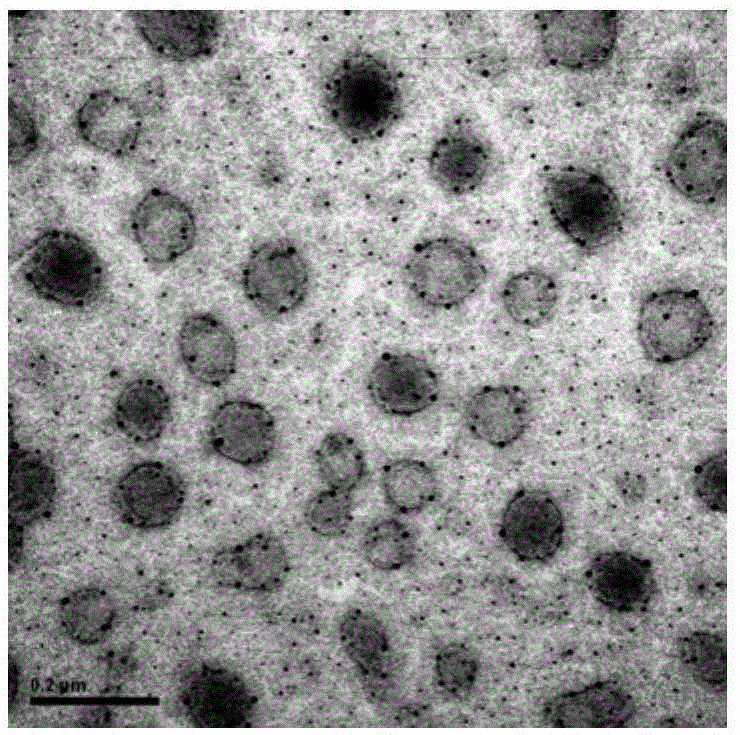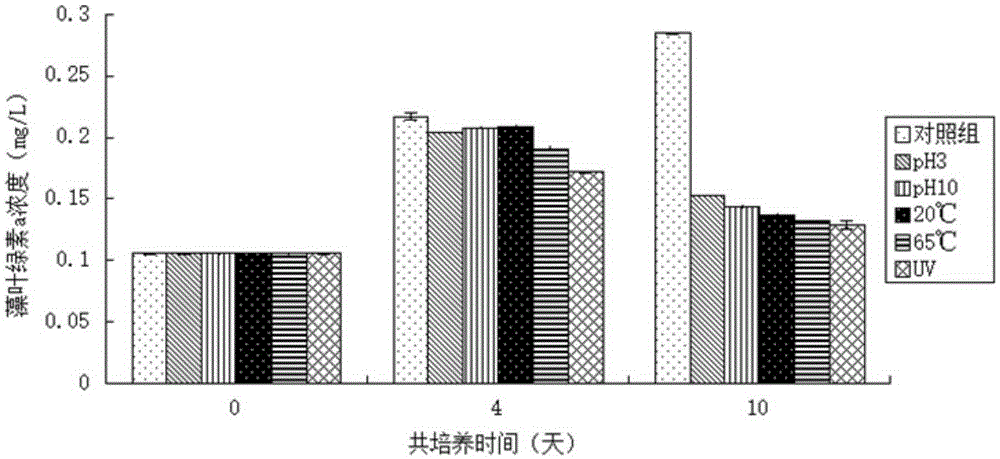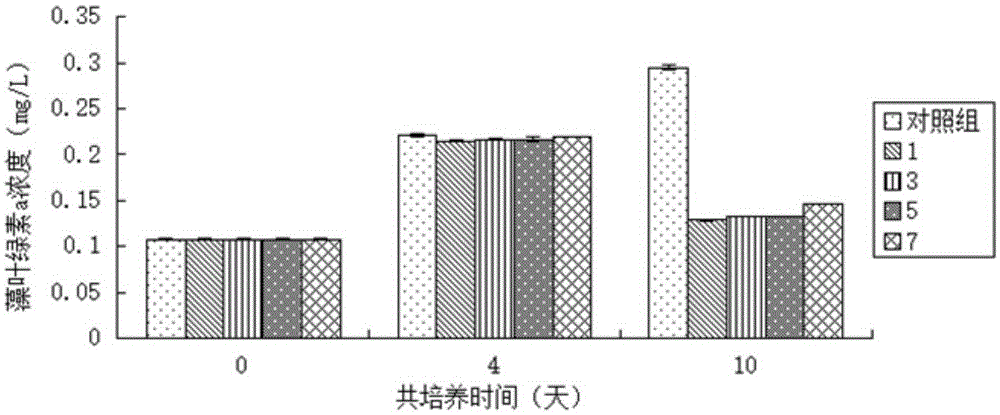Skeletonema costatum lytic virus and its separation method and use
A technology for splitting viruses and sclerophytes, which is applied in the field of algae splitting viruses, can solve the problems of undiscovered algae viruses, and achieve the effects of no environmental pollution, good development prospects, and low cost
- Summary
- Abstract
- Description
- Claims
- Application Information
AI Technical Summary
Problems solved by technology
Method used
Image
Examples
Embodiment 1
[0023] Isolation and Purification of Lytic Virus ScssDNAV from Sclerotina costatum
[0024] The surface water samples were collected from Ninghai Shuangpantu Aquaculture Farm in Ningbo City, Zhejiang Province, and were stored under ice baths. After the water samples were passed through medium-speed filter paper, 0.45 μm, and 0.22 μm filter membranes in turn, they were concentrated into concentrated water samples by an ultrafiltration system. Its concentration factor is 100 times.
[0025] Concentrated water samples were prepared and mixed with Skeletalum costarum NMBguh004-2 in the exponential growth phase at a volume ratio of 1:4, and then cultured in a constant temperature light incubator for 7 days at a temperature of 20°C, light intensity of 2500LX, and light-to-dark ratio (L / D) 12h:12h, obtain the Sclerostetrascens lysate. The virus-free concentrate was co-cultured with Skeletalum costatum in exponential growth phase as a control group. The growth of algae was observed ...
Embodiment 2
[0030] Observation of Morphology of Lysing Virus of Sclerosteina costatum by Light Microscope and Electron Microscope
[0031] The purified virus was used to infect S. costarum NMBguh004-2. After 4 days, the color of the algae liquid became lighter. The algal cells were observed under an optical microscope, and most of the algal cells were found to be lysed.
[0032] Take the isolated and purified Skeletalum costa lysate virus isolated and purified in Example 1, drop it on the copper grid, carry out negative staining with 2% uranyl acetate solution (W / V), and then observe it under an electron microscope (Hitachi H-7650) Morphology of the Skeletalum costa lytic virus.
[0033] The result is as figure 1As shown, the lysed viral particles of Sclerostena costa are spherical, with a diameter of 98±2nm, no flagella and no outer membrane coating.
Embodiment 3
[0035] Effects of different pH, temperature, ultraviolet rays, and freeze-thaw on the stability of Skeletons costa lytic virus ScssDNAV
[0036] (1) Effects of different pH on the stability of ScssDNAV, a lysing virus of Sclerotina costatum
[0037] Take 2 parts of the fresh virus solution obtained by separation and purification in Example 1, measure the original pH value of the virus solution and record it, then use 0.1M NaOH and 0.1M HCl to adjust the corresponding pH=3 and pH=10 of the virus solution and treat them for 30 minutes respectively as the experimental group, Use 0.1M NaOH and 0.1M HCl to adjust the water into pH=3 and pH=10 aqueous solutions as the control group; take 5mL algae liquid to extract chlorophyll a on the 0th, 4th and 10th day respectively, and detect the concentration of chlorophyll a in the experimental group and the control group Variety.
[0038] The results show that if figure 2 As shown, the lysed virus liquid of Sclerotina costarum was treate...
PUM
 Login to View More
Login to View More Abstract
Description
Claims
Application Information
 Login to View More
Login to View More - R&D Engineer
- R&D Manager
- IP Professional
- Industry Leading Data Capabilities
- Powerful AI technology
- Patent DNA Extraction
Browse by: Latest US Patents, China's latest patents, Technical Efficacy Thesaurus, Application Domain, Technology Topic, Popular Technical Reports.
© 2024 PatSnap. All rights reserved.Legal|Privacy policy|Modern Slavery Act Transparency Statement|Sitemap|About US| Contact US: help@patsnap.com










